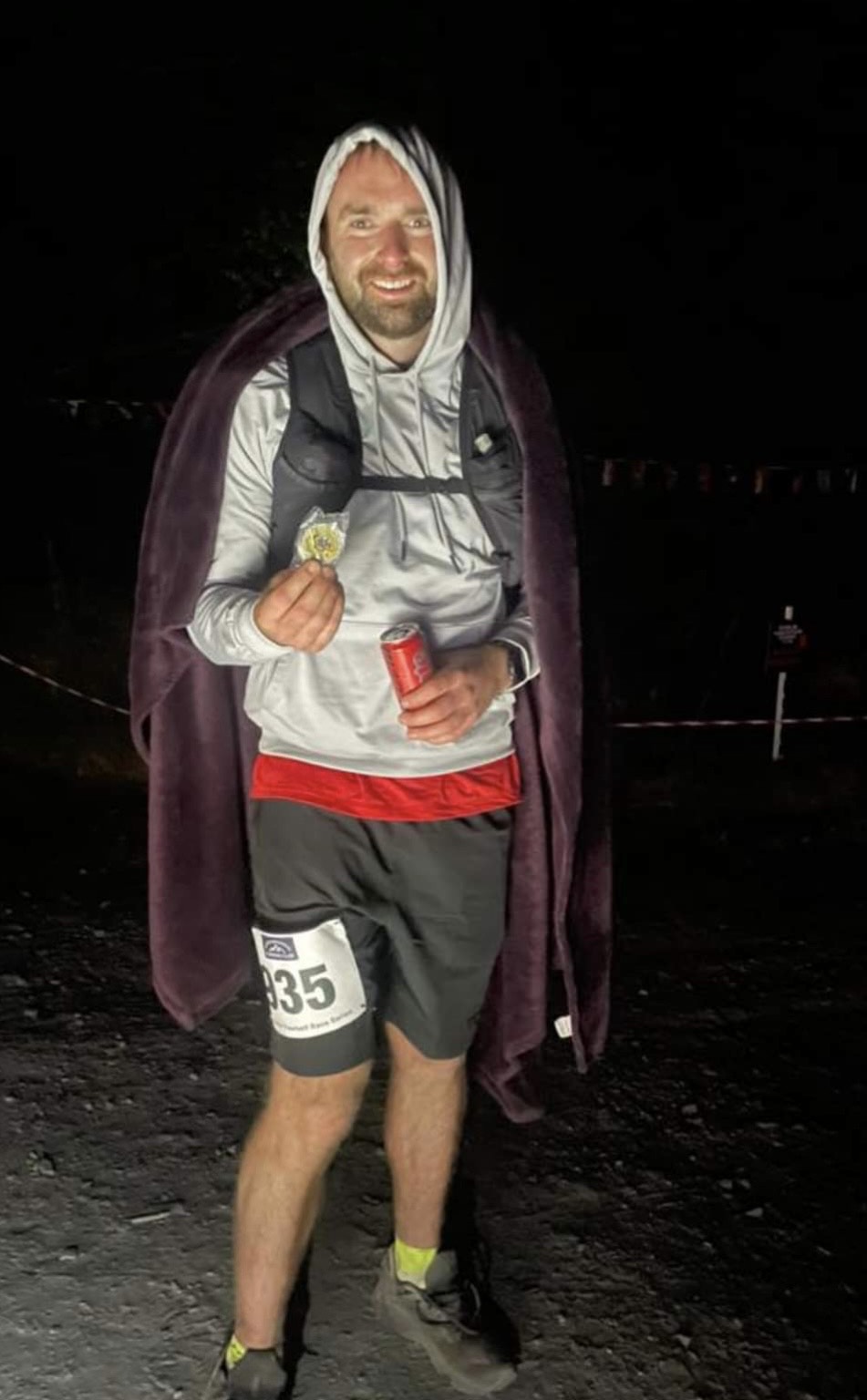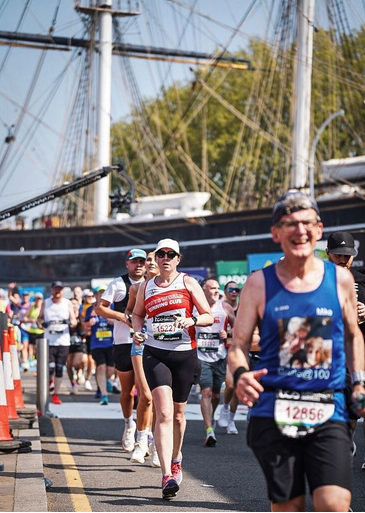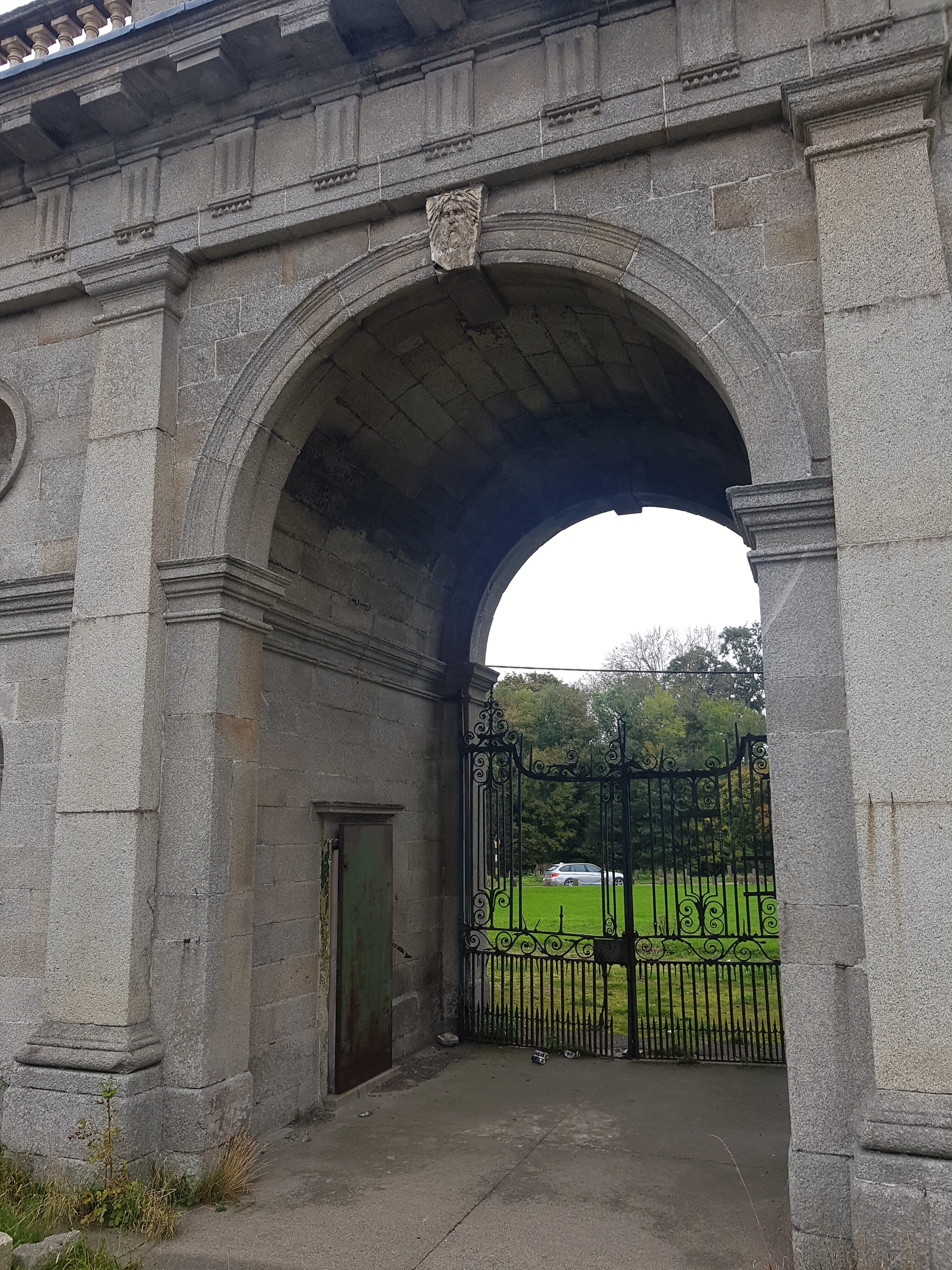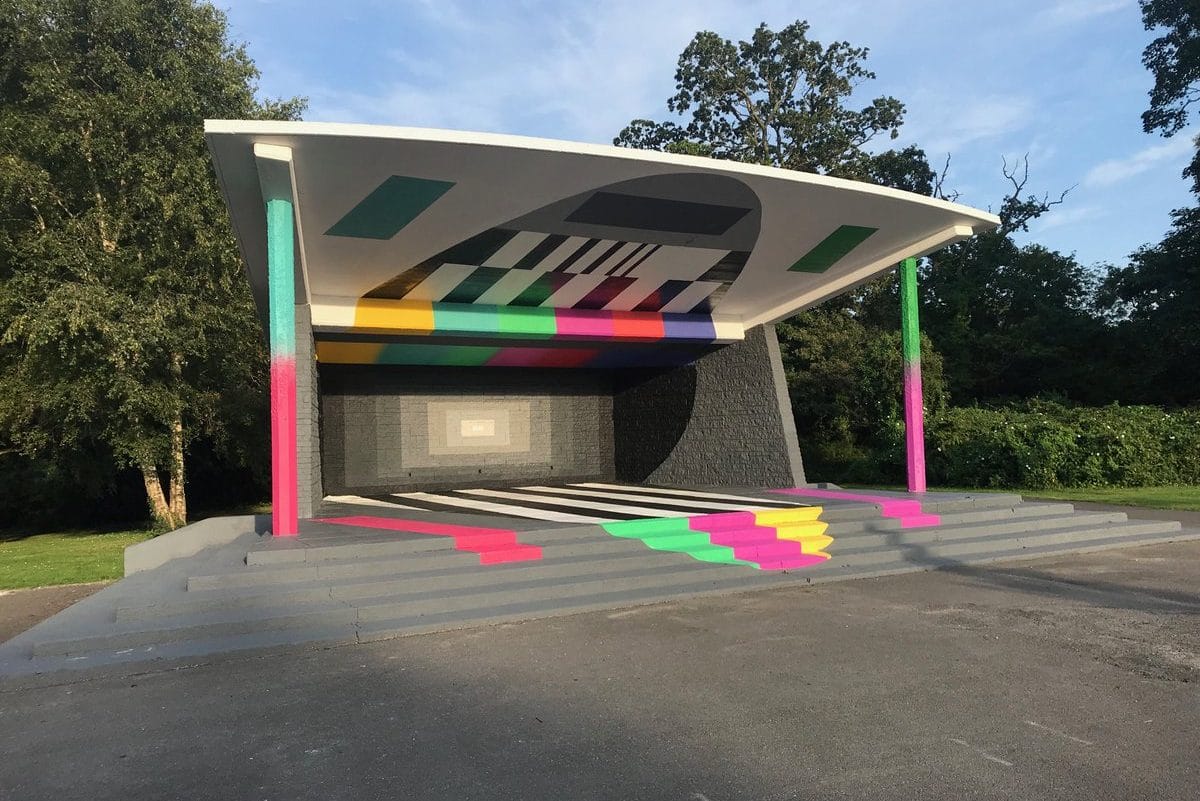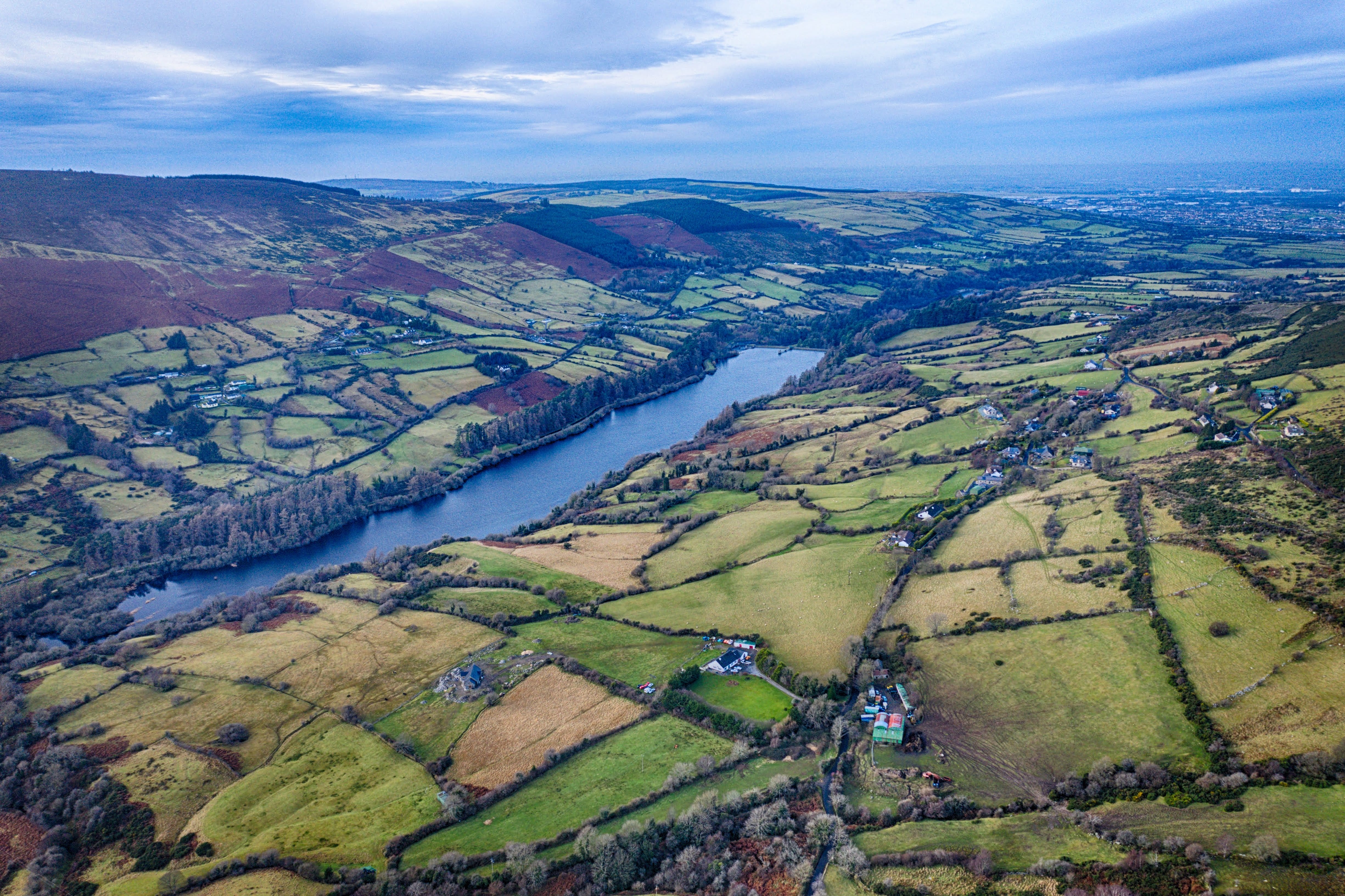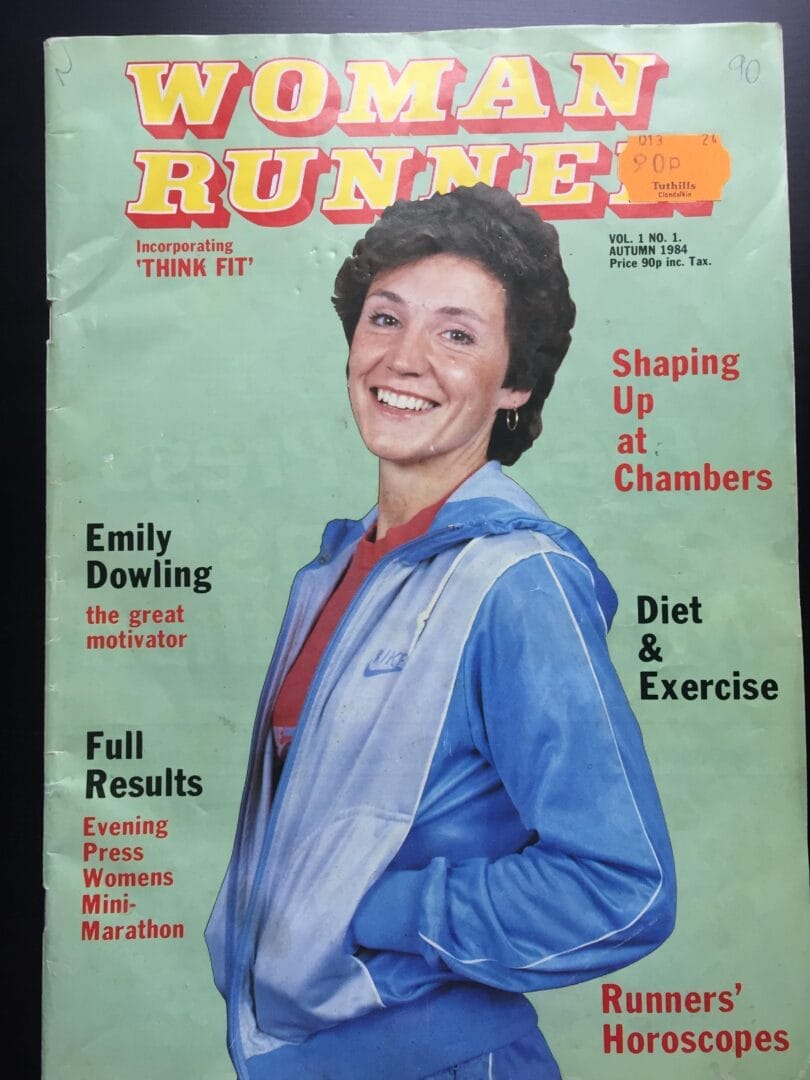Following Peter Knagg’s most interesting history of Bushy Park last week, I was inspired to expand on his tale by presenting a further piece of Dodder Park history, from my own ‘burbs east of Bushy Park, here in Milltown.
Did you know; all these connected parks were the vision of British architect and town planner, Sir Patrick Abercrombie in 1914. Having redesigned London after the Blitz, he proposed that Dublin’s rivers be bounded by linear parks. His idea gained him £500 in an Irish civic competition, and much recognition to this day – thank you Sir Patrick!
A historically interesting little village, Milltown is on maps before the 18th century. It did exactly what it said on the tin and was home to several working mills, including a starch and glue mill, a paper and sawmill, as well as a woollen mill. Together they were a large source of local employment.
Leaving Bushy Park past the duck pond, and following the Dodder east through Rathfarnham and Darty, I’ll start this short, one kilometer tour after Dartry Park, where the Dodder meanders north around the grounds of Milltown Golf Club.
Here you spot the first of five bridges to be mentioned (Manhattan on the Dodder!). This disused iron footbridge (Bridge #1) behind Dartry Mills is on private land and unfortunately not in public use. It is however under review with the Council and will hopefully open as part of works to continue the greenway from Dartry Park into Temple Park. Here’s hoping.
For now, continue up the steep roadway to the red-brick Dartry Dye Mills building to your right hand side, a beautiful 1895 Victorian redbrick. It is now home to a Montessori and Reddy Architects, the development planners for the nearby Central Mental Hospital site for 1,200 new homes. Their modern extension is a very interesting juxtapose to the original house.
Returning to the greenway path into Temple Park, a quaint oasis with gorgeous views of the Dodder weir and Milltown Golf Club’s second hole. You’ll see now see The Dropping Well pub, which is opened and licensed since 1847 to the first of eight owners.
Opened by John Howe during the Great Famine, the building was primarily a Community Morgue which saw much sadness and loss and a memorial marks the history.
During the infant days of the Irish Free State in the 1920s, the pub one of the most stylish and refined in South Dublin, where many travelled via the Dartry Tram to savour the views and enjoy the potion.
So much enjoyment of the potion was had, that the pub is the reason Ireland had the Intoxicating Liquor Act, where all pubs closed between 2.30 and 3.30pm daily. Frequented by Kevin O’Higgins, Minister of Justice of the day, who noted that local mill workers got wages midday on a Saturday and visited the Dropping Well on their way home. After hours wore on, the laughter grew and camaraderie blossomed, one for the road became five. Before long, all hard-earned income was in the tils of the pub! The Minister appalled, the Intoxicating Liquor Act was introduced in 1927.
The pub hit the headlines again in 2005, when it barred All Black Tana Umaga from ever entering the premises when he broke Brian O’Driscoll’s shoulder in the Lions Tour in 2005. Take that New Zealand!
Looking to the river from The Dropping Well, the unusual sight of a large bronze Rhino, sculpted and poised on his perch in the middle of the Dodder. The life-like animal appeared in 2002, with no one taking responsibility for his origin.
You’re now underneath Classon’s Bridge (Bridge #2), built by John Classon in the late 18th century to aid transport to and from his milling business on the site. Originally made from granite stone lifted from the Dodder Bed, in 1928, the bridge was widened but parts of the old bridge can still be seen underneath.
Up and over Classon’s Bridge, you are south of the river and on my road, Patrick Doyle Road. It is named after the executed IRA volunteer Patrick Doyle. One of The Forgotten Ten, Doyle was one of six men hanged in Mountjoy Prison in March 1921, aged 29. Buried in unmarked graves, a long campaign by their families resulted in their exhumation and all Ten were afforded state funerals in 2000.
Many of the 1940s Council houses in this parkland estate have privatised, and indeed have been home to many eminent Sportsworld elite, including Paul O’Connell, Shona Keane and most recently, Maura Ginty. Ann Marie Clyne, and Red Hurley are also neighbours.
Now to the best view of Milltown’s most iconic picturescape, the Nine Arches Viaduct Bridge (Bridge #3). It was completed in 1854 for the Harcourt Street railway line which ran from Dublin to Bray. The line closed in 1958 and the bridge was derelict for 40 years until it reopened for the Luas in 2004. If you stop you can easily see holes drilled into the base of its pillars, to facilitate its demolition in the case of a British or German invasion during the Second World War. Thankfully, it remained intact.
Also intact, Shanagarry Chimney Tower. Another landmark Milltown image, the red-brick industrial chimney rises to 94 feet, and was once part of (and is now all that is left of) the Dublin Laundry. In 2018 it was on the market for €35,000. At auction, it sold for €136,000 given its commercial value as a communications mast which exists inside the tower.
Along this part of the river, you can also see the meeting point of the River Slang (which runs out into Dundrum) with the Dodder.
Probably the most historically significant structure, is the narrow, coble stone Packhorse Bridge (Bridge #4). Built during the 1600’s, apparently it’s Dublin’s 2nd oldest working bridge. This bridge, with alcoves for walkers to avoid carriages, once carried the main Dublin to Wicklow road, replacing a dangerous ford located nearer to Milltown Chapel. It goes that indeed Oliver Cromwell visited the village and crossed the Dodder via the Packhorse Bridge!
I conclude my curation beneath Milltown Bridge (Bridge #5). The large stone bridge serves as one of the main arteries into south Dublin. Like all of them, the pedestrian underpass reeks, but there is some cool graffiti street-art on the walls. On the south side of the bridge is the Ahlul Bayt Islamic Centre, the main Shia Islamic centre in Ireland.
For this one-kilometre stretch of the Dodder, with its weirs and bridges and footpaths, Milltown packs a lot of historical punch! I feel blessed to have these lovely parks to run, and more recently, to hang out in with lovely new friends and neighbours. Hopefully, I’ll see you running through the ‘hood soon.
References
https://www.irishtimes.com/life-and-style/travel/ireland/discovering-the-wonders-of-the-river-dodder-1.3883479
http://www.patrickcomerford.com/2016/07/dartry-house-from-mill-owners-and.html
http://droppingwell.com/about-us/our-history
https://www.thejournal.ie/rhino-dodder-river-4173389-Aug2018/
https://tcdretired.ie/dodder-walk-22-november-2018/

